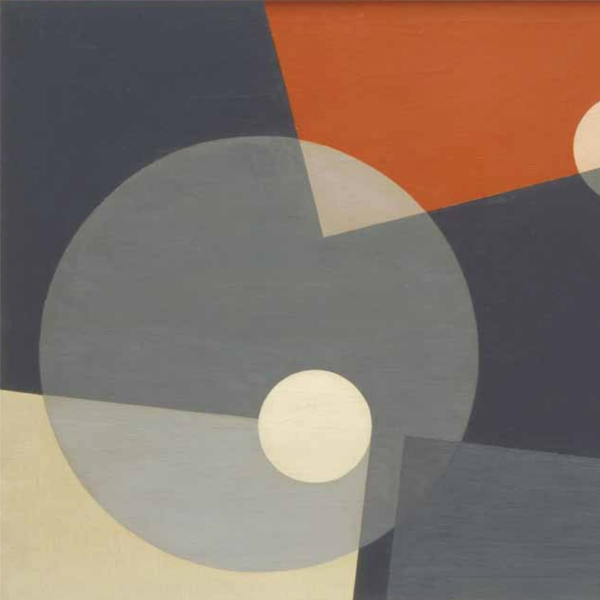Downloads
DOI:
https://doi.org/10.7480/overholland.2014.14/15.1671Abstract
Understood as a conceptual tool for the management of information, layers are ubiquitous in our days. In computer graphics, they are a standard, basic feature: image editors for still or motion pictures, computerassisted drawing (CAD) programs, and of course geospatial information systems (GIS) – as well as most of their useroriented applications –, all of them use layers in one way or another, often in so essential a manner that they constitute their very raison d’être. As a consequence, the catchy word layering that so much pervades current architectural practice seems to designate something that everyone knows, a procedure that is practically taken for granted and yet has given rise to comparatively little research. In relation to architectural design, this may be particularly baffling, considering that layering has provided the backbone for singular projects that have become a methodological breakthrough and an inexhaustible source of inspiration for subsequent practice – one needs only to think of Koolhaas’ influential proposal for Parc de la Villette, Eisenman’s recurrent lucubrations, or the recent Serpentine pavilion by Herzog de Meuron and Ai Weiwei.
How to Cite
Published
Issue
Section
License
Copyright (c) 2014 OverHolland

This work is licensed under a Creative Commons Attribution 4.0 International License.




